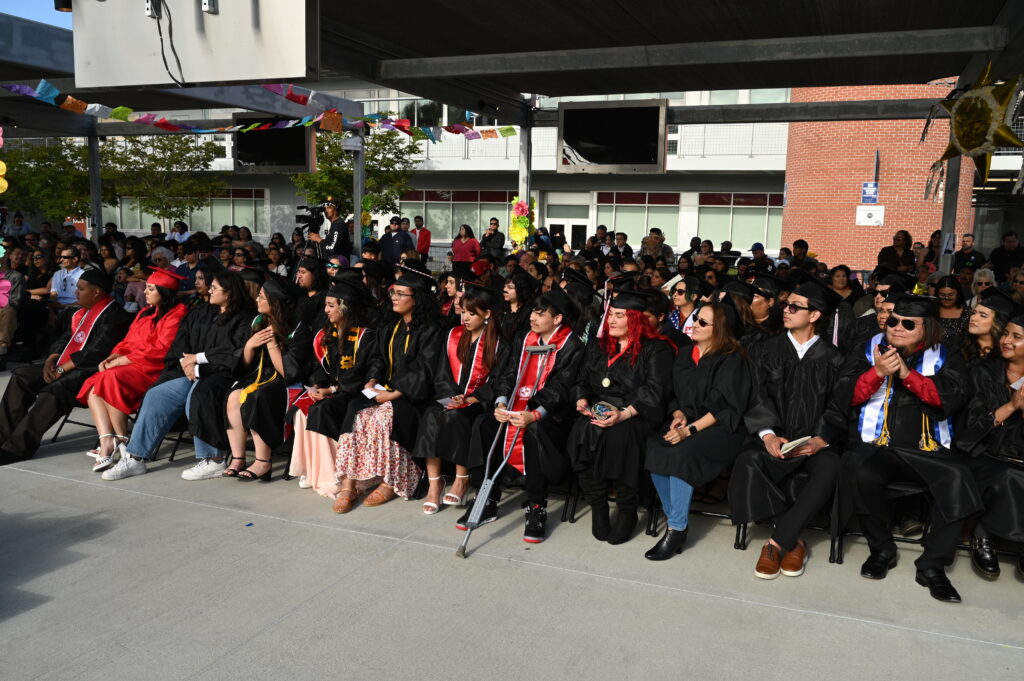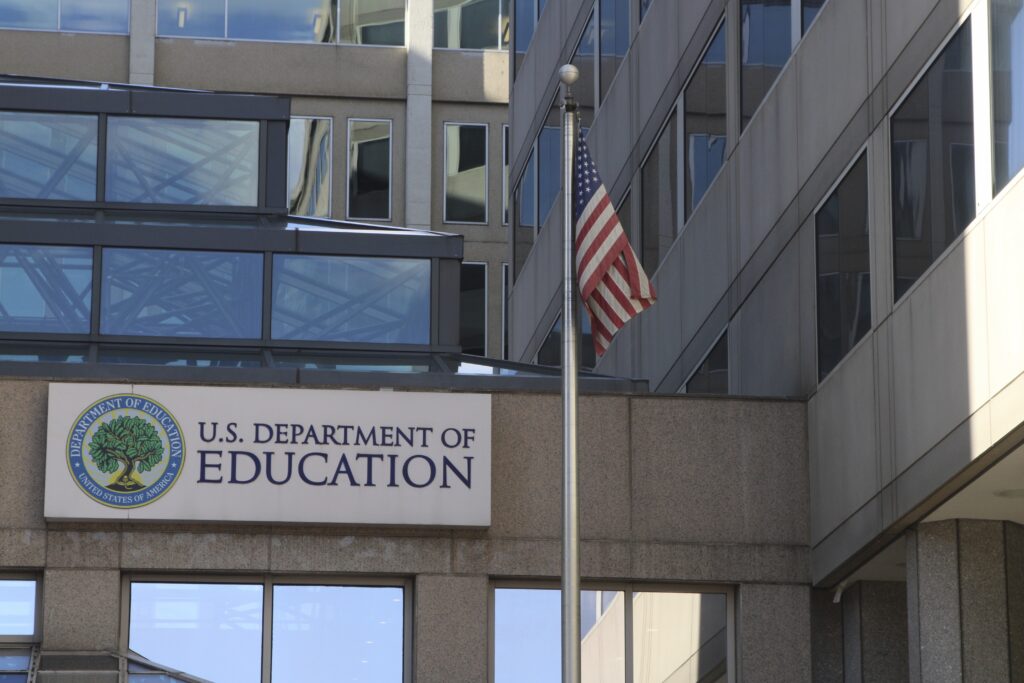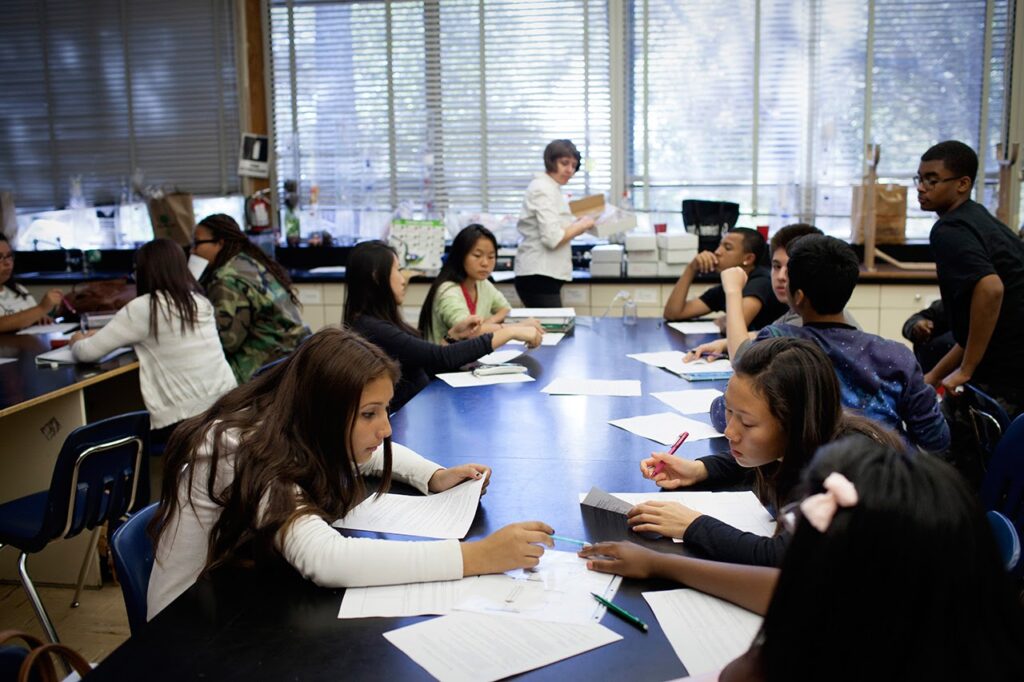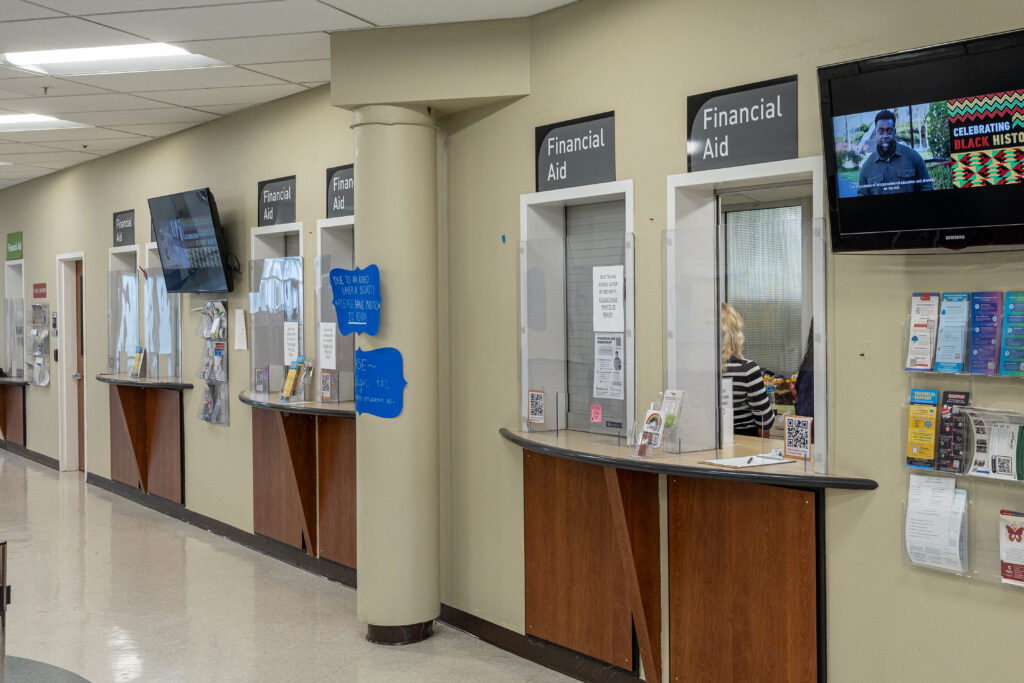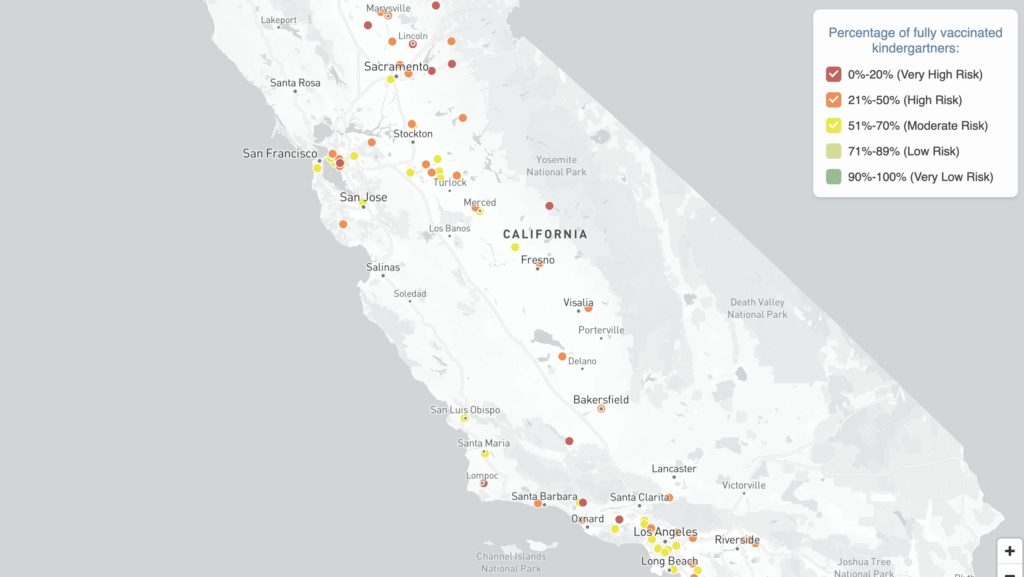
Credit: Julie Leopo / EdSource
School districts’ costs for compensating students victimized by sexual assault are escalating by billions of dollars. Many cases date back decades and were revived by a 2019 state law that widely expanded liability exposure to schools and other public agencies for past child sexual assaults.
An independent analysis of that law indicates a severe impact. Litigation will siphon tens to hundreds of thousands of dollars from general funds. Adverse jury verdicts and settlements could cost districts millions, potentially forcing layoffs and program reductions. Most districts will face record assessments to sustain shared insurance risk pools they contribute to.
In the worst case, districts will seek costly emergency state loans or bankruptcy protection — unless, the study said, the overall liability burden is spread “to protect the stability” of school districts.
California’s elementary and secondary school system “will survive the challenge presented by the claims of childhood sexual assault. But individual school districts, charter schools and other agencies may not,” concluded the sober assessment of the Fiscal Crisis and Management Assistance Team (FCMAT), a state agency charged with preventing districts’ financial meltdowns.
Troy Flint, chief of communications for the California School Boards Association, said FCMAT’s report should prompt action. “We have called upon the state to develop a safety net to defray costs that threaten school districts with insolvency. The report is another opportunity to reiterate this request,” he said.
The report doesn’t name districts or describe how they’re coping. But one district that might not survive is Carpinteria Unified, a 1,900-student district south of Santa Barbara with a $42 million budget.
Next year, it’s scheduled for trial for four claims of sexual assault from the 1970s. The district lacks historical records, and the insurance company at the time went out of business, leaving the district on the hook, said Superintendent Diana Rigby. The abuser, a principal convicted of sexual assaults, has died, as have potential witnesses and the then superintendent, she said. Legal costs over several years will force budget cuts, she said.
“We all believe that victims deserve their due justice and compensation. Of course we do,” said Rigby. But “an unfavorable verdict would be catastrophic.”
Among its 22 recommendations, FCMAT proposes the state create a voluntary victims’ compensation fund like the one for victims of the Sept.11, 2001, terrorist attacks. Victims would generally be compensated in a nonjudicial setting based on the crime’s severity and victims’ experiences. Legislators would decide if the state would share the funding burden.
The Legislature unanimously passed Assembly Bill 218, which precipitated the surge in lawsuits, in October 2019. The law:
- Extended the statute of limitations to file a child sexual assault lawsuit from age 26 (eight years after turning 18) to age 40.
- Extended the statute of limitations for those over 40 to within five years of when victims reasonably should have discovered repressed memories of a sexual assault.
- Enabled victims of assaults whose statutes of limitations had expired to file lawsuits by Dec. 31, 2022.
In 2023, the Legislature took the next step and passed Assembly Bill 452, which eliminated any statute of limitation for new lawsuits for sexual assaults filed after Jan. 1, 2024.
AB 218’s just intentions, unknown costs
The Legislature acted after a decade of shocking revelations and massive settlements, including by the Boy Scouts of America and the Catholic Church, as well as the $169 million that Los Angeles Unified paid on 150 claims of sexual abuse by one teacher at Miramonte Elementary. The Archdiocese of Los Angeles has acknowledged paying more than $1.5 billion from various settlements.
The Legislature signaled in AB 218 that schools, county offices of education, cities and public bodies with programs for children should be accountable for lifelong harm caused by sexual assaults under their watch. The author, Assemblywoman Lorena Gonzales, D-San Diego, said it would “confront the pervasive problem of cover-ups in institutions, from schools to sports leagues.”
The Legislature’s fiscal analysis cited “unknown costs” but projected higher insurance premiums.
Dave George, CEO of the Schools Excess Liability Fund (SELF), a public agency that provides school districts with catastrophic insurance coverage, added that districts had difficulty convincing legislators there would be “real money out of the pockets of districts” from rising costs of insurance and settlements. “The general response was, ‘Don’t worry about it — it’s just insurance,’” George said.
Hard information on claims is unavailable because there is no database on sexual assault outcomes. Creating a central repository is FCMAT’s first recommendation. The most recent data is from 2023.
FCMAT’s best estimate of the dollar value of claims filed because of the law was $2 billion to $3 billion for school districts, including about $500 million facing Los Angeles Unified. Other public agencies’ costs will significantly exceed that value, the report said.
But with many claims still in the courts, the final damages are unknown. Mike Fine, FCMAT’s CEO and coauthor of the report, acknowledged they might be higher than estimated. The average claim is about $2.5 million per victim, Fine said.
The estimate doesn’t include the cost of insurance, which has risen an estimated 700% — to about $255,000 for a 10,000-student district since the passage of AB 218, the report said, plus coverage now required of nonprofits and day care providers working in districts. It also doesn’t include new lawsuits being filed daily, said Fine.
George said SELF had two sexual assault claims open in 2020 and has received 400 claims for 600 plaintiffs since. SELF provides catastrophic insurance for claims up to $55 million for about 500 school districts. It notified them to expect $300 million to $400 million in supplementary assessments for ongoing and new AB 218 claims.
George said that districts settled all but two recent lawsuits before going to trial. One that didn’t — and paid a stiff price — was Moreno Valley in Riverside County, the state’s 23rd largest district. A jury found it responsible for failing to protect two middle school students from a teacher’s sexual abuse in the 1990s. The jury levied $135 million in damages.
Moreno Valley negotiated the price down to $45 million in order to pay a lump sum. SELF covered $15 million; Moreno Valley paid $30 million from its budget reserves.
But the district isn’t out of the woods. The teacher remained on the payroll for two decades, and the district still faces four more potentially expensive lawsuits. The district declined to comment for this story.
Adding to small districts’ financial vulnerability, said Fine, is that “a jury doesn’t distinguish between the size of the district and its ability to pay. Jurors can’t be told that information.”
Rising costs of ‘social inflation’
The report said that the $100-plus million settlements contribute to “social inflation” — rising costs because of more lawsuits, plaintiff-friendly verdicts and larger jury awards.
These factors also have created a “perilously unstable” commercial insurance market, which public agencies like SELF rely on for additional coverage, the report said.
Fine said that districts are already issuing “judgment obligation bonds” to make restitution. No district has sought an emergency state bailout as a last resort, but Fine said that will happen.
“Generally speaking, the smaller the district, the higher that risk,” Fine said.
The report suggests that the Legislature revise statutes to lengthen payoffs and settlement deadlines. It urges lawmakers to immediately study a victim compensation fund. But the focus is on creating “zero tolerance” of sexual assaults by mandating student training to promote awareness, expanding work history verification and increasing staff training.
Fine will present the report at legislative hearings. Leilani Aguinaldo, senior director of government relations for School Services of California, which advises districts, welcomes that opportunity. “It’s an excellent report. Schools have no resources for claims from decades ago,” she said.
Flint added, “The fears of schools are real.”



